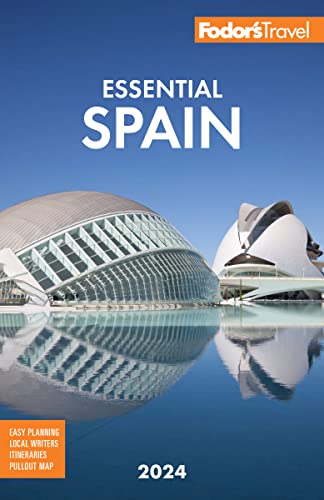Medieval Segovia rises on a steep ridge that juts above a stark, undulating plain. It's defined by its ancient monuments, excellent cuisine, embroideries and textiles, and small-town charm. An important military town in Roman times, Segovia was later established by the Moors as a major textile center. Captured by the Christians in 1085, it was enriched by a royal residence, and in 1474 the half sister of Henry IV, Isabella the Catholic (married to Ferdinand of Aragón), was crowned queen of Castile here. By that time Segovia was a bustling city of about 60,000 (its population is about 80,000 today), but its importance soon diminished as a result of its taking the losing side of the Comuneros in the popular revolt against Emperor Carlos V. Though the construction of a royal palace in nearby La Granja in the 18th century somewhat revived Segovia's fortunes, it never recovered its former vitality. Early in the 20th century, Segovia's sleepy charm came to be appreciated by artists and writers, among them painter Ignacio Zuloaga and poet Antonio Machado. Today the streets swarm with day-trippers from Madrid—if you can, visit sometime other than in summer, and spend the night.
Tourists on a day trip from Madrid generally hit the triumvirate of basic sights: the aqueduct, the alcázar, and the cathedral. If you have time, an overnight visit will allow you to sample Segovia's renowned food and nightlife in the Plaza Mayor, where you'll see segovianos of all ages out until the early hours.




